Insurance compensation: Bhoja Air finds itself in a tough spot
Carrier insurer Reliance Insurance is one of the smallest insurance companies in this field.
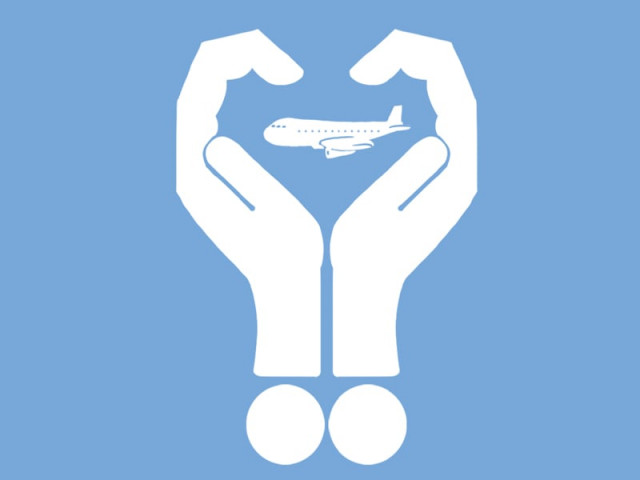
Insurance compensation: Bhoja Air finds itself in a tough spot
While the law entitles the families of the victims of the Bhoja Air crash to significant compensation, the airline’s decision to go for a cheaper insurance option may make extracting that money from the airline difficult.
Under the Carriage by Air Act of 2012, the families of the Bhoja Air crash victims are entitled to at least Rs5 million in compensation, say aviation lawyers. Yet doubts are beginning to emerge over the ability of the airline’s insurer – Reliance Insurance Company – to pay out the damages that Bhoja may eventually owe.
Reliance Insurance is one of the smallest insurance companies in the country, with just over Rs1 billion in assets under management. Even at the minimum Rs5 million per passenger, paying out such a compensation would wipe out the company’s balance sheet.
Luckily for Reliance, it bought reinsurance on its risk exposure to Bhoja Air from the Russian company Ingosstrakh Insurance. Buying reinsurance is a common way for insurance companies to prevent themselves from going bankrupt over disasters that are too big for their own balance sheets.
Reliance’s decision to go to a Russian firm and not a British one, however, is raising eyebrows. London is the world’s largest insurance market and Pakistani insurers typically get their reinsurance cover from Lloyd’s of London, an insurance market that provides the depth and liquidity to be able to rapidly cover large losses.
“It is not normal to get the reinsurance from the Russian market. All the good airlines cover their risk in the London reinsurance market,” said one official who has closely worked with insurance settlements following the Air Blue plane crash in 2010.
Neither Reliance Insurance Chairman Ismail Zakaria nor Managing Director Razak Ahmed were available for comment, despite repeated attempts to contact them by The Express Tribune. Bhoja Air spokesperson Jasir Abro declined to comment.
AirBlue’s insurance cover
When AirBlue’s Airbus-321 crashed in 2010, killing all 158 people onboard, many people believed it was the end for private airliner. But within days, the airline was paying Rs500,000 to each traumatized family. Shahid Khaqan Abbasi, a director, says it was possible only because of the good insurance cover.
“Our reinsurers had created a fund of $100 million within 12 hours of the crash,” he said. “We had pretty good cover. Unfortunately, the law was really weak then but still we had decided from the start to compensate the families with maximum amount.”
That insurance cover came with a cost as AirBlue was paying between $3 million to $4 million in insurance premiums every year, said Abbasi.
The insurer behind Air Blue was EFU General Insurance, which has assets in excess of Rs24 billion. EFU had covered itself against such an eventuality and reinsured the risk at Lloyd’s.
Pakre’s denial of cover
Before passing on the risk to any international reinsurer, all local insurance companies are required to seek coverage of at least 5% of the risk from the state-run Pakistan Reinsurance Company (PRC).
In Bhoja’s case, PRC simply declined to take the risk. “There was too much risk involved in it,” said Fida Hussain Samoo, executive director at PRC. “We decided not to take any exposure in the reinsurance of the Bhoja’s aircraft.”
The crash of Air Blue’s aircraft was a bitter lesson for the company when it comes to insuring aircraft, he said. “We were really cautious.”
Another catch
For AirBlue, EFU had covered 4% of the risk on its own and sold the rest to the reinsurer. But, according to industry sources, Reliance Insurance has not taken any exposure on its books.
“RICL has worked as a fronting company, which basically takes a business to reinsurer,” said an insurance industry veteran. “But the catch is that if the reinsurer backs off for any reason then it is RICL which is liable to pay for the damages.”
Bhoja’s aircraft was old. And the older the aircraft, the higher the risk premium, he said. “Obviously, a company like EFU was expensive than RICL for the airline.”
Unlimited
Experts say there is no limit to an airline’s liability when a plane goes down.
“There is no limit as such. You can’t say that a plane has been covered under a $5 million or $50 million insurance,” said the industry official. “No insurance company ever says what the maximum cover is for a risk and how much it can get from international reinsurance market.”
The insurance companies will always try to save the money, he said. “They will use the law as a tool to pay just Rs5 million whereas they can be made to pay Rs10 million easily.”
Published in The Express Tribune, April 26th, 2012.

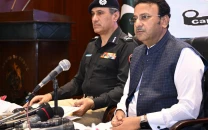


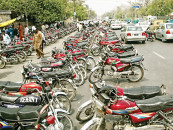
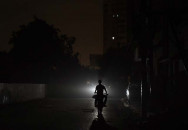
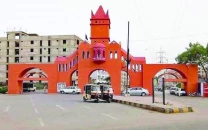












COMMENTS
Comments are moderated and generally will be posted if they are on-topic and not abusive.
For more information, please see our Comments FAQ